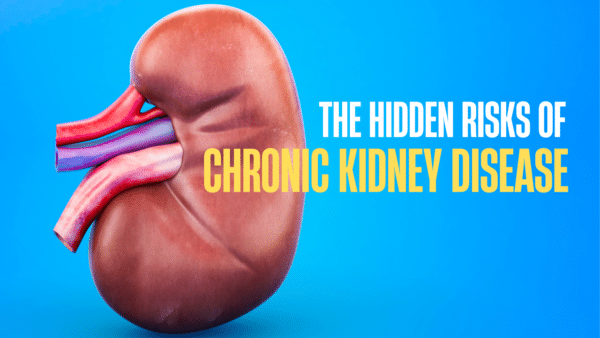Balo’s Concentric Sclerosis (BCS), also known as Balo’s Disease, is a highly specific variant of multiple sclerosis. Believed to be demyelinating in nature, it is known for its characteristic concentric pattern of lesions in the brain and spinal cord. Balo’s disease is incredibly intriguing to medical professionals due to its rarity and unique pathophysiological patterns.
What Exactly is Balo’s Disease?
Balo’s Disease is categorized as a subtype of multiple sclerosis. However, it presents with distinct and conspicuous concentric lesions, setting it apart from conventional multiple sclerosis. These lesions, which primarily affect the white matter of the brain and spinal cord, are the most distinguishing feature of Balo’s Disease.
Unpacking the Symptoms of Balo’s Disease
Patients with Balo’s Disease often present many symptoms that might overlap with those seen in conventional multiple sclerosis. These might include weakness or numbness in one or more limbs, partial or complete loss of vision, usually in one eye, prolonged double vision, tingling or pain in different body parts, tremors, unsteady gait, or lack of coordination.
The Underlying Causes of Balo’s Disease
While the exact cause of Balo’s Disease remains unknown, the consensus in the scientific community is that it’s an autoimmune disease. In such cases, the immune system mistakenly attacks the body’s tissues, causing damage to the myelin sheath – a protective covering around nerve fibers in the brain and spinal cord.
Diagnosis of Balo’s Disease
The diagnosis of Balo’s Disease typically involves a comprehensive neurological examination, often supplemented by imaging studies such as magnetic resonance imaging (MRI). These diagnostic tools provide crucial insights into the condition’s progression, enabling accurate diagnosis and effective treatment planning.
Potential Treatment Strategies for Balo’s Disease
Treatment for Balo’s Disease primarily focuses on managing symptoms and slowing disease progression. It typically includes medications such as corticosteroids to reduce inflammation and physical therapy to manage symptoms. Some patients may require plasmapheresis, a process that filters the blood to remove harmful antibodies.
Living with Balo’s Disease
Living with Balo’s Disease can be challenging, but patients can lead fulfilling lives with appropriate medical support and self-care. Strategies such as healthy eating, regular exercise, and stress management can play a vital role in managing the disease.
In conclusion, Balo’s Disease, while rare and complex, can be managed effectively through timely diagnosis and treatment. Unraveling the intricacies of this condition and enhancing our understanding is pivotal for paving the way toward a future with improved care for those diagnosed with Balo’s Disease.

